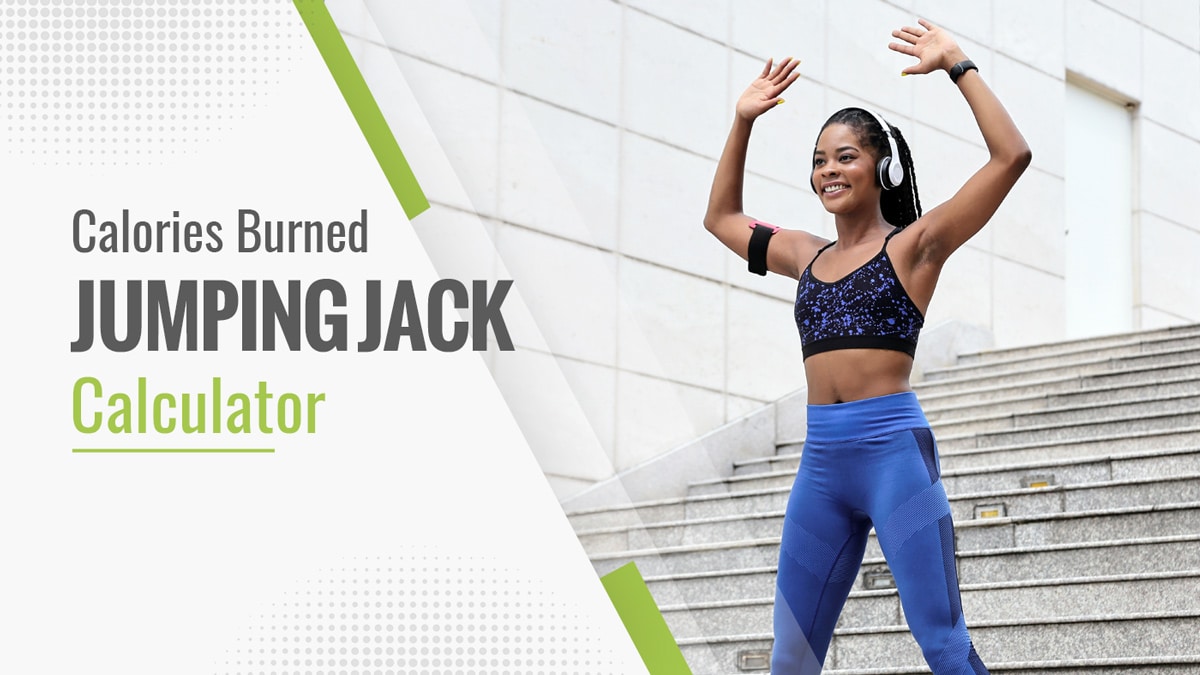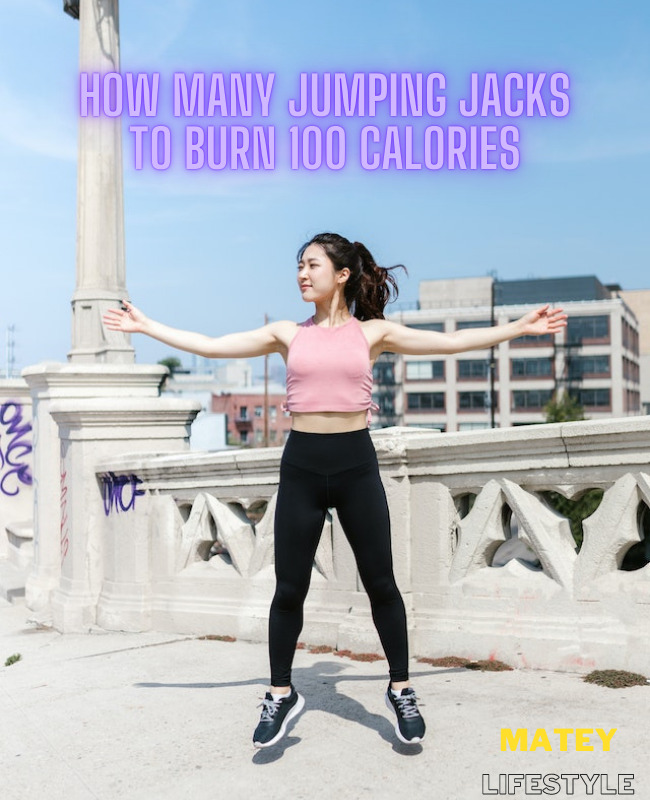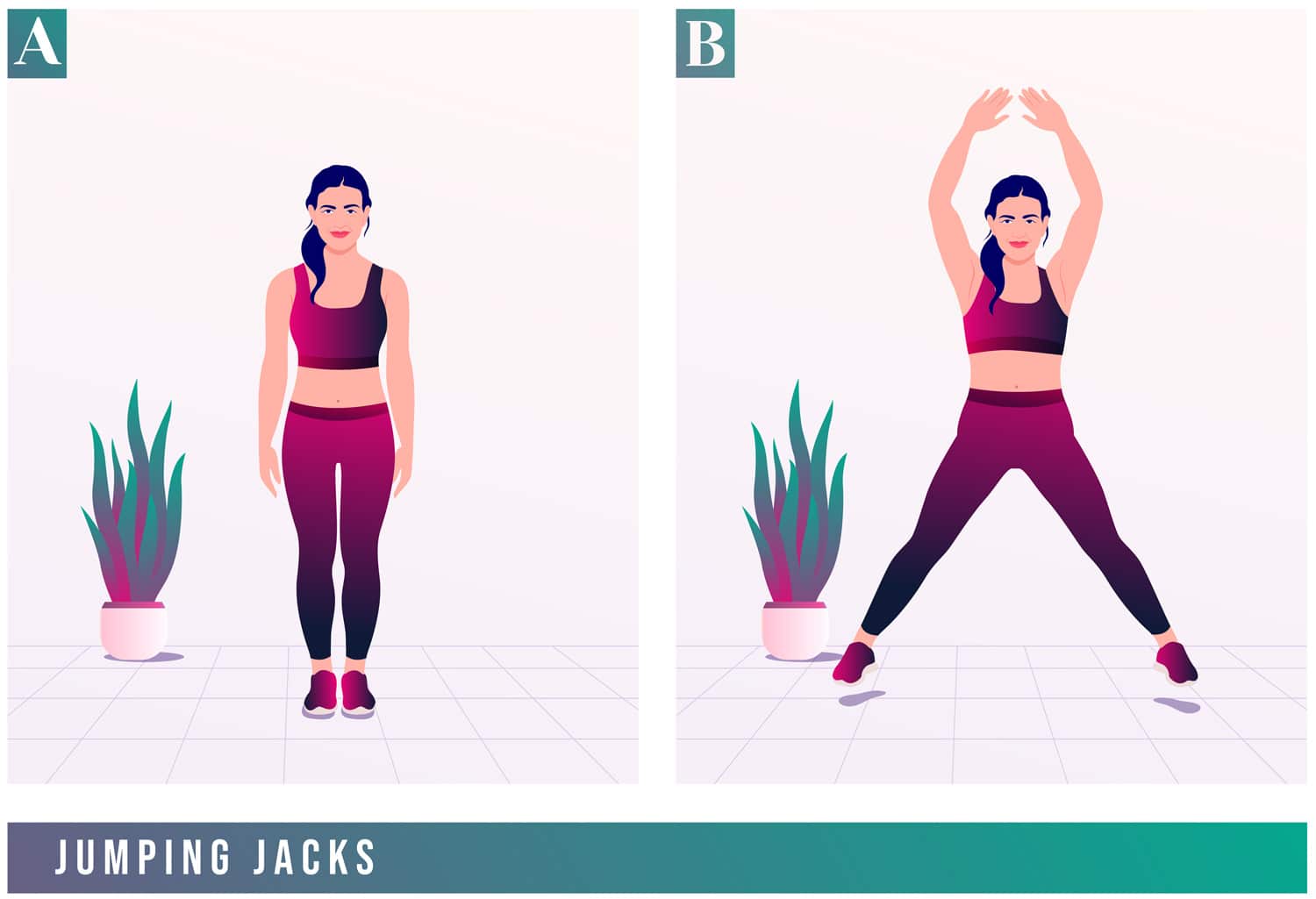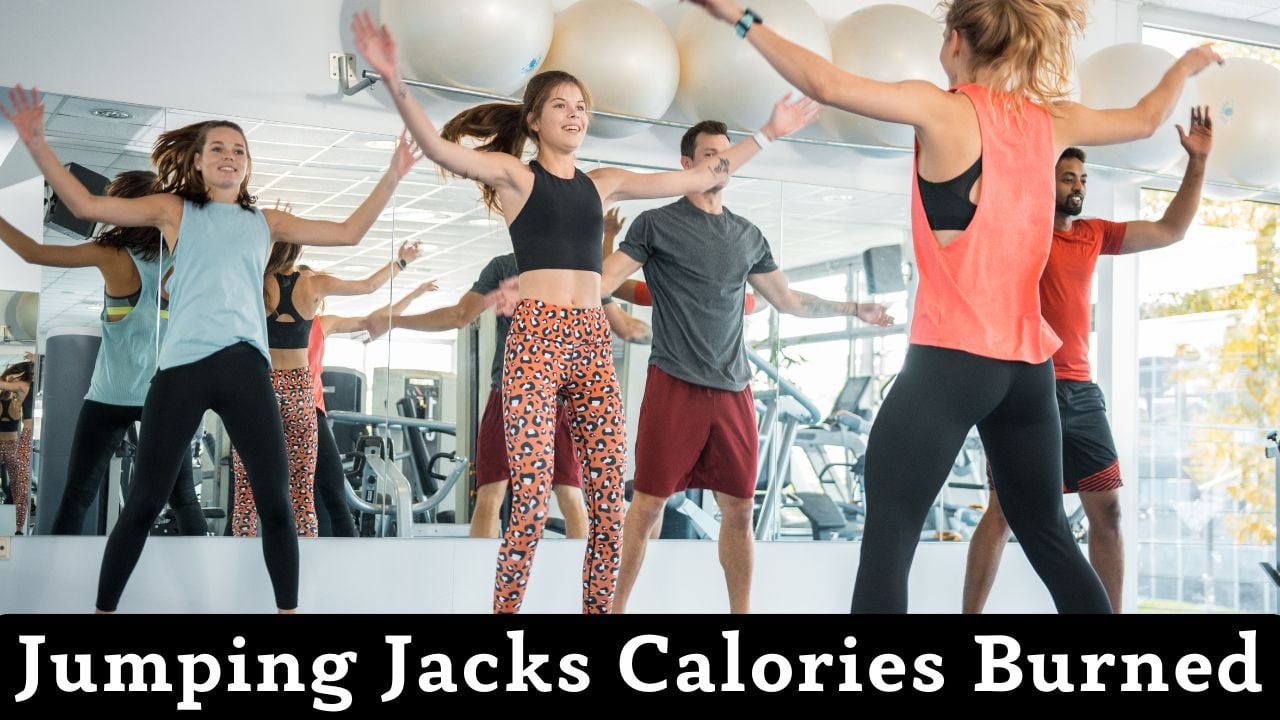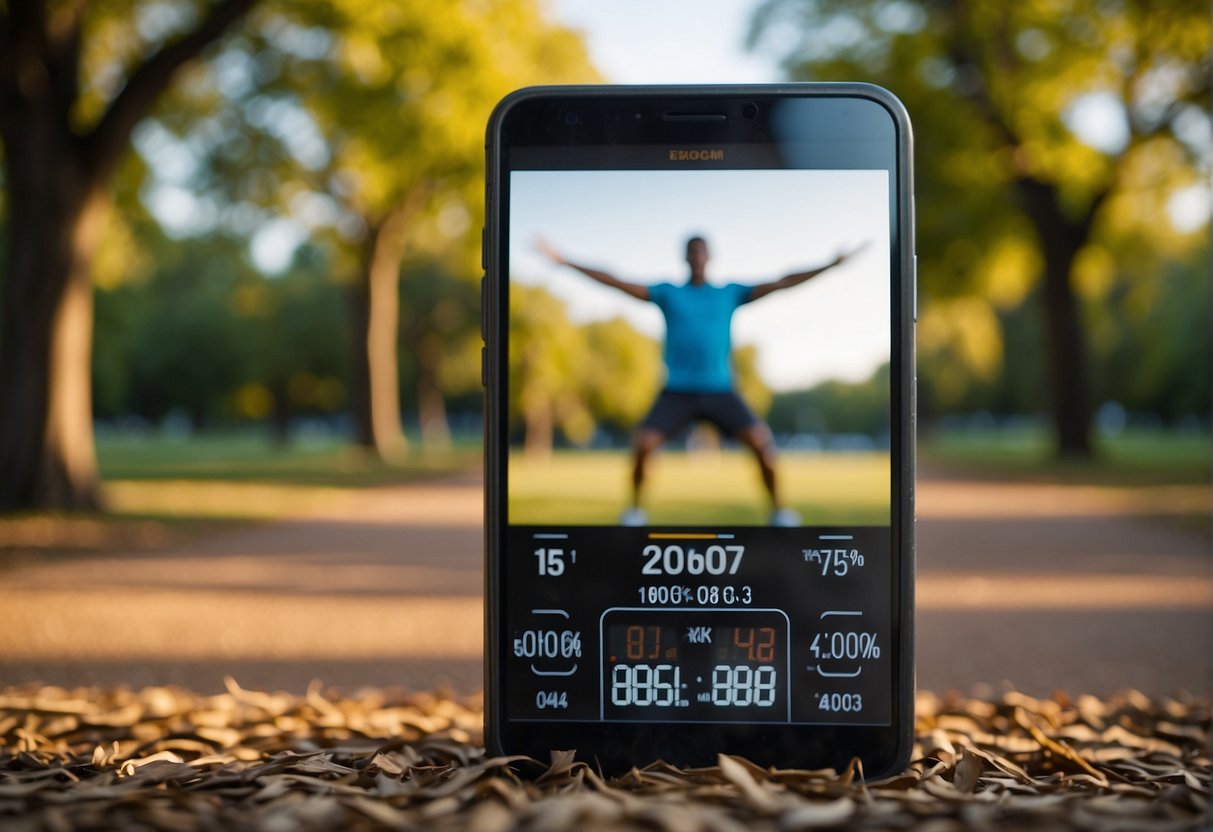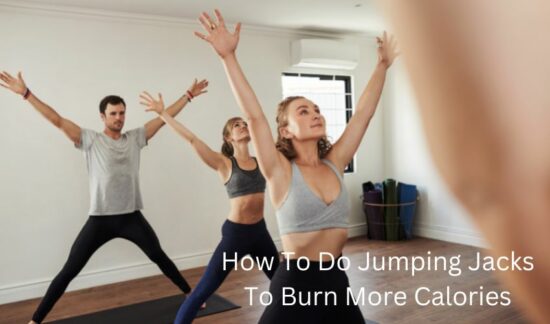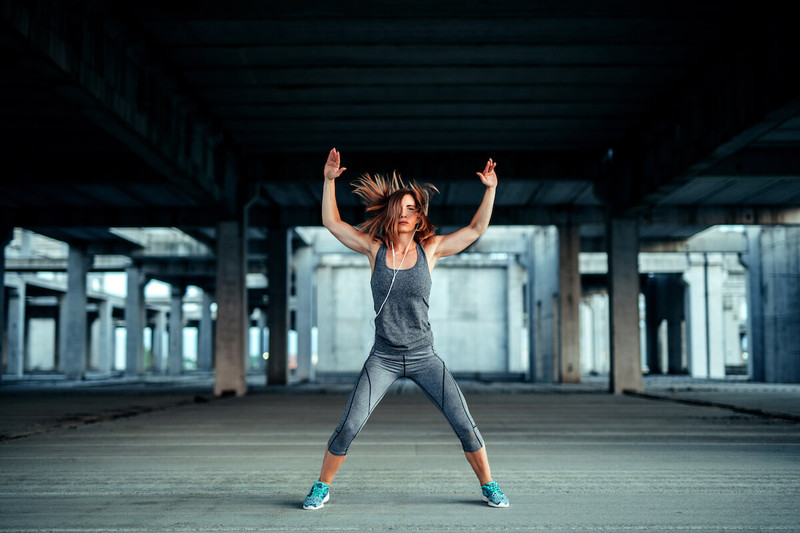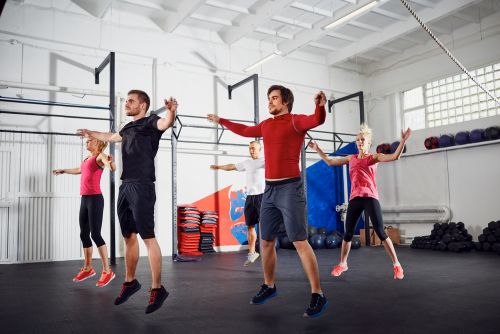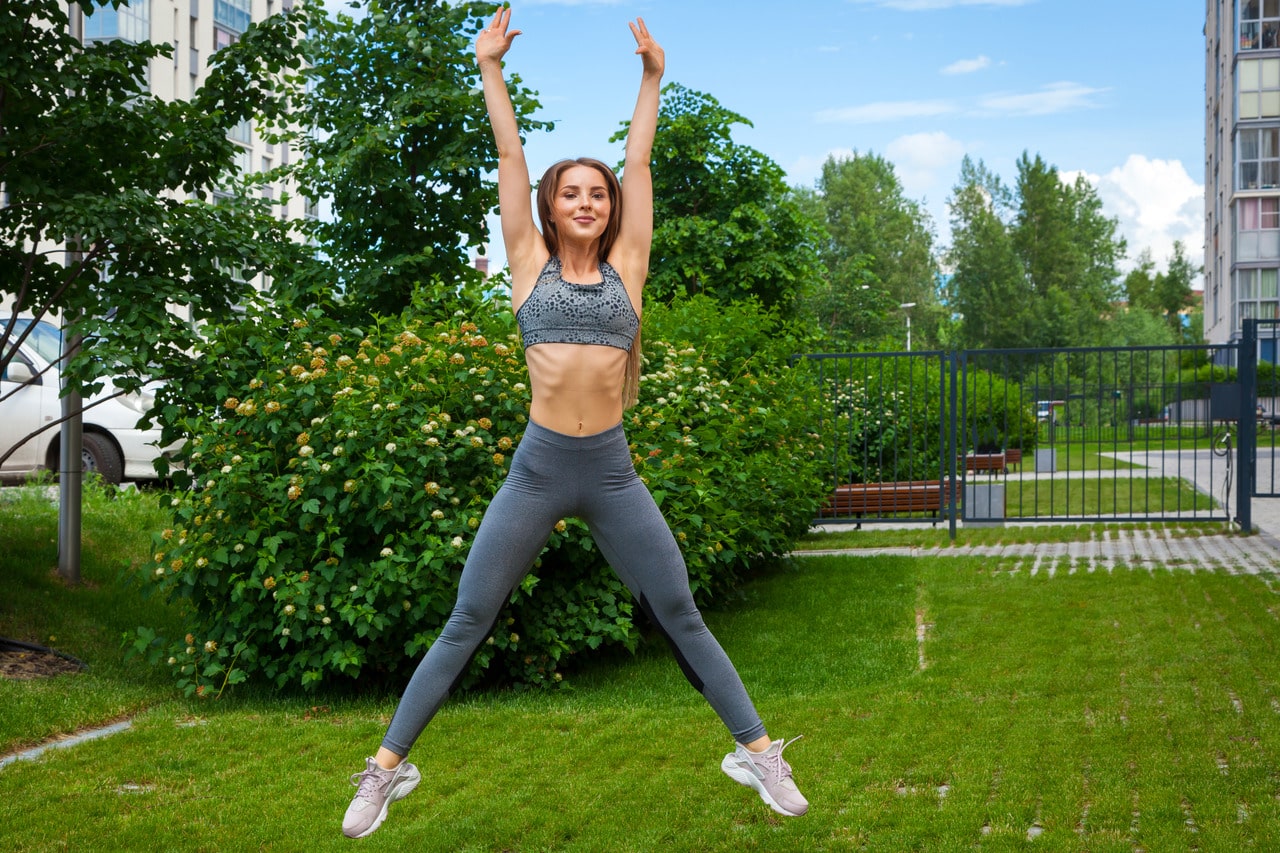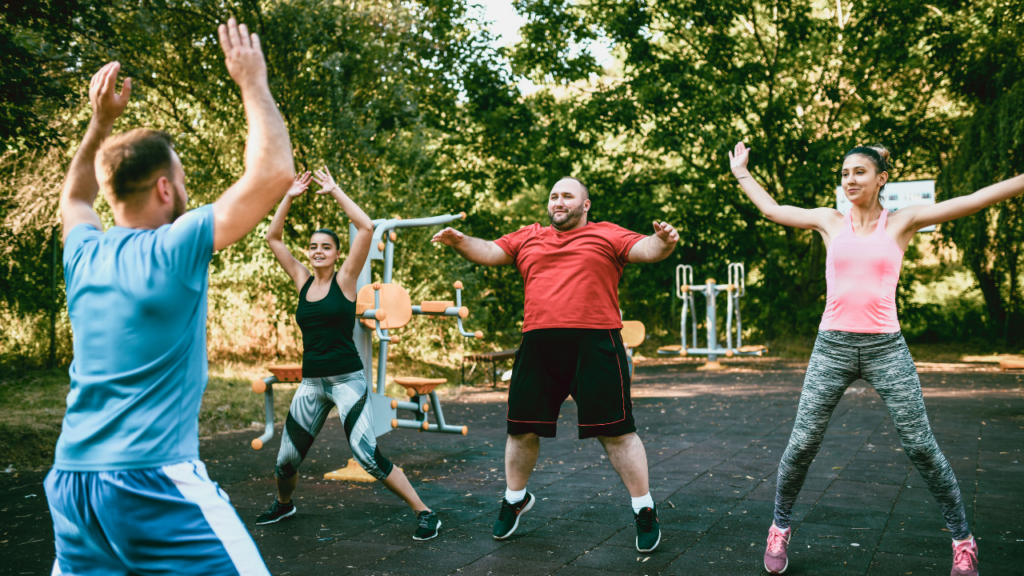How Many Calories Do You Burn With Jumping Jacks

In a world obsessed with fitness and well-being, the quest to understand the precise impact of physical activities on our bodies is relentless. Among the simplest yet surprisingly effective exercises, the humble jumping jack often gets overlooked. But how many calories does this childhood staple truly burn, and how does that figure stack up against other forms of exercise? The answer, it turns out, is more nuanced than you might expect.
This article delves into the science behind calorie expenditure during jumping jacks. It will explore the factors that influence the burn rate, and provide a realistic perspective on incorporating this exercise into a comprehensive fitness regimen. We'll examine data from reputable sources, shedding light on the true caloric cost of this ubiquitous activity.
The Caloric Cost: A Matter of Perspective
The number of calories burned during jumping jacks is not a fixed value. It is heavily influenced by individual characteristics, most notably body weight and intensity of the exercise. Heavier individuals, requiring more energy to move their mass, will naturally burn more calories than lighter individuals performing the same activity.
According to various studies, a 150-pound person can burn approximately 100 calories in 10 minutes of moderately intense jumping jacks. A 200-pound person might burn closer to 133 calories in the same timeframe. These are general estimates, and individual metabolism can further influence these figures.
Harvard Health Publishing, a trusted source for medical information, provides a table of calorie expenditure for various activities. This table can offer a comparative perspective on where jumping jacks fall within the spectrum of exercises. Intensity is key.
Factors Influencing Calorie Burn
Several factors contribute to the variation in calorie burn during jumping jacks. These include weight, age, sex, genetics, and fitness level. Understanding these factors is crucial for setting realistic fitness goals and tailoring exercise routines.
Weight and Body Composition
As previously mentioned, weight is a primary determinant of calorie expenditure. Muscle mass also plays a role, as muscle tissue burns more calories at rest than fat tissue. This means that individuals with a higher muscle-to-fat ratio will generally have a higher resting metabolic rate and burn more calories during exercise.
This principle is consistent across the board. The more you weigh, the more you will burn. Building more muscle will also contribute to burning more calories.
Intensity and Duration
The intensity at which jumping jacks are performed significantly impacts calorie burn. Higher intensity workouts elevate the heart rate and demand more energy, resulting in a greater caloric deficit. Duration, of course, is another essential element, with longer workouts naturally burning more calories overall.
Variations, such as adding weights or performing plyometric jumping jacks, can further increase intensity. Shorter burst of high-intensity activities, followed by a brief rest, can boost the workout.
Metabolic Rate and Genetics
Individuals possess unique metabolic rates, influenced by genetics, age, and hormonal factors. Some people naturally burn calories faster than others, even at rest. While genetic predisposition plays a role, lifestyle factors like diet and exercise can significantly impact metabolism.
Age and sex also influence metabolic rates. Generally, men tend to have higher metabolic rates than women due to differences in muscle mass and hormonal profiles. Metabolic rate also tends to slow down with age.
Jumping Jacks vs. Other Exercises
To put the calorie burn of jumping jacks into context, it's helpful to compare it to other common exercises. Running, swimming, and cycling generally burn more calories per unit of time than jumping jacks, especially at higher intensities. However, jumping jacks are a convenient and accessible exercise that requires no equipment.
Consider the accessibility and ease of doing jumping jacks. While they may not be the highest-calorie-burning exercise, their accessibility means many people can easily incorporate them into their routine.
The American College of Sports Medicine advocates for a balanced approach to fitness, including cardiovascular exercise, strength training, and flexibility exercises. Jumping jacks can be a valuable component of a cardiovascular workout, especially when combined with other exercises.
Incorporating Jumping Jacks into Your Fitness Routine
Jumping jacks can be an effective addition to a well-rounded fitness program. They are a great way to warm up before a workout, raise your heart rate, and improve cardiovascular fitness. They can also be incorporated into interval training routines to boost calorie burn and improve endurance.
A safe, effective way to add jumping jacks is to start with shorter intervals. Then you can increase the intensity and duration as your fitness level improves. Remember to listen to your body and stop if you experience any pain.
Consult with a healthcare professional or certified fitness trainer before starting any new exercise program, especially if you have underlying health conditions. Consider your own individual health to decide whether you want to incorporate jumping jacks in your routine.
The Bottom Line: A Valuable Tool in Your Fitness Arsenal
While the precise number of calories burned during jumping jacks varies depending on individual factors, this exercise remains a valuable tool in the pursuit of fitness. Its accessibility, convenience, and effectiveness as a cardiovascular workout make it a worthwhile addition to any exercise routine. By understanding the factors that influence calorie burn and incorporating jumping jacks strategically, individuals can maximize their fitness benefits and achieve their health goals.
In conclusion, jumping jacks, while simple, offer a potent and accessible pathway to improved fitness. Don't underestimate the power of this classic exercise. Embrace its benefits as part of a holistic approach to health and well-being. They are easy to learn and can be done anywhere.


